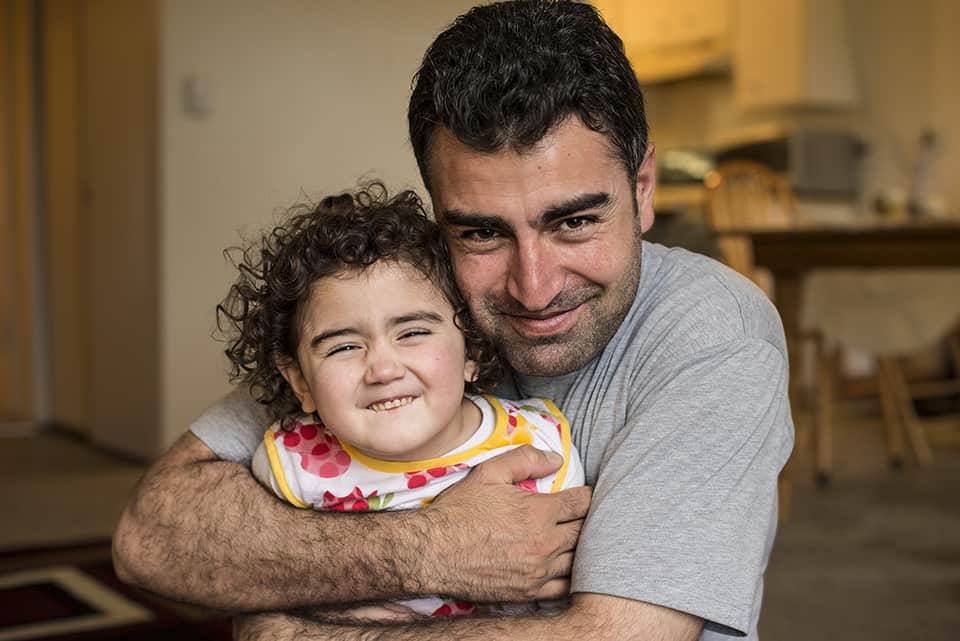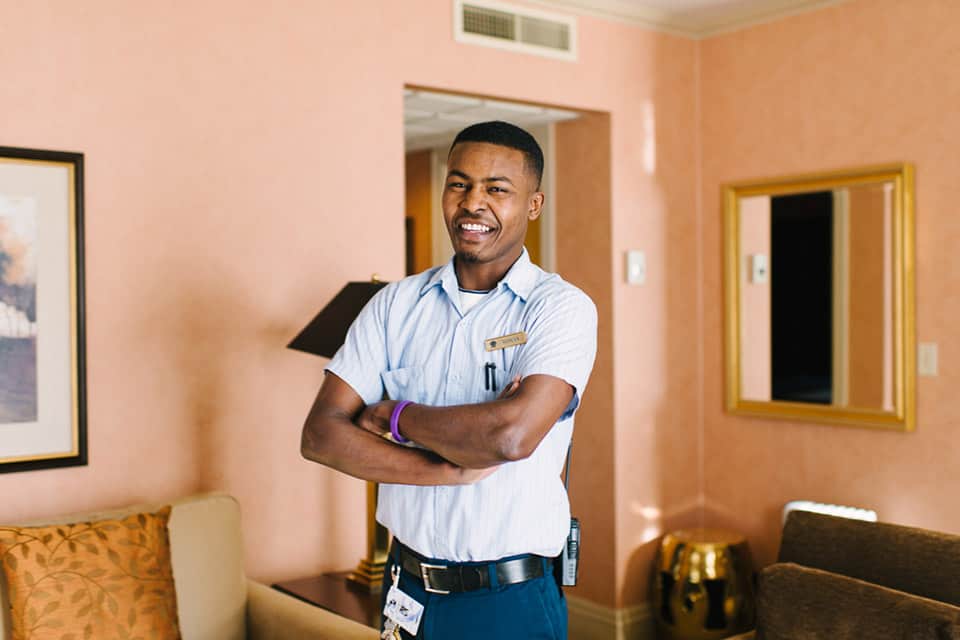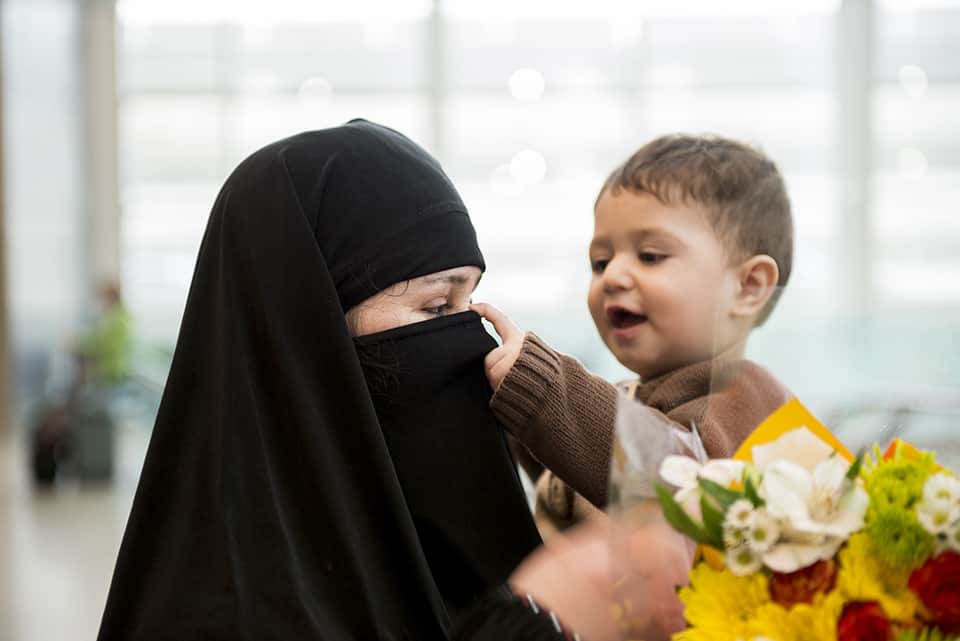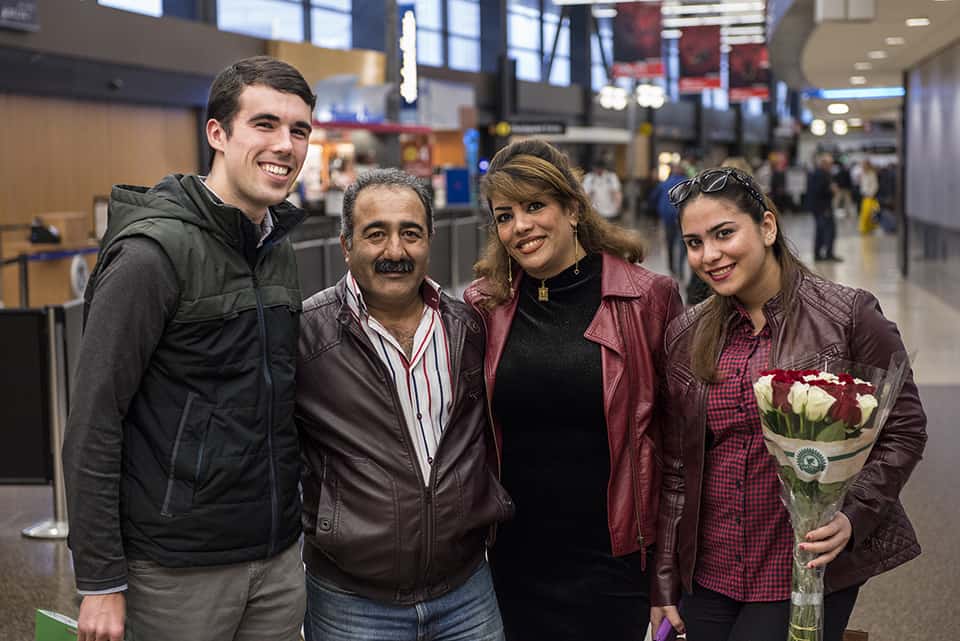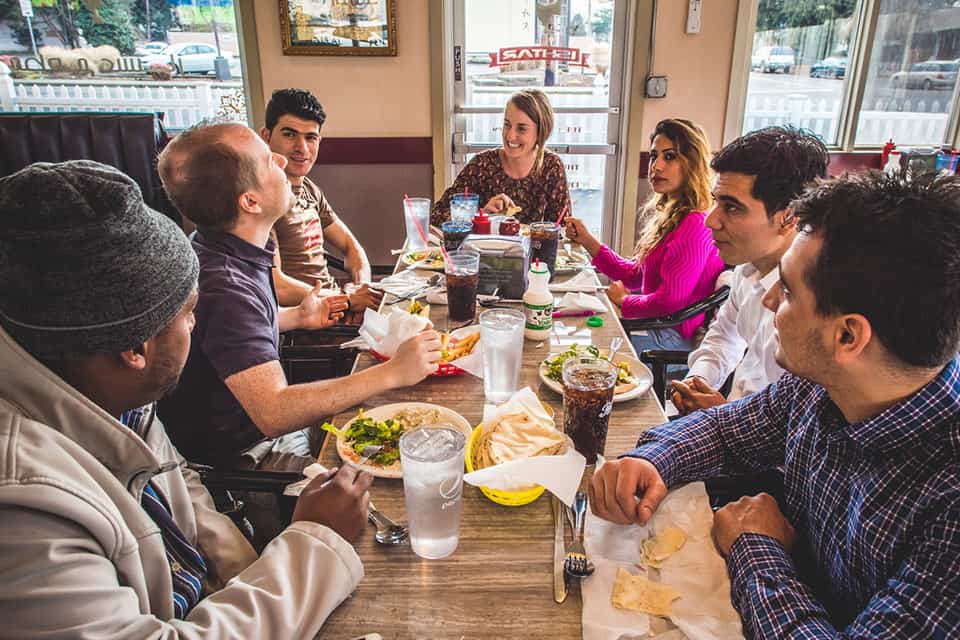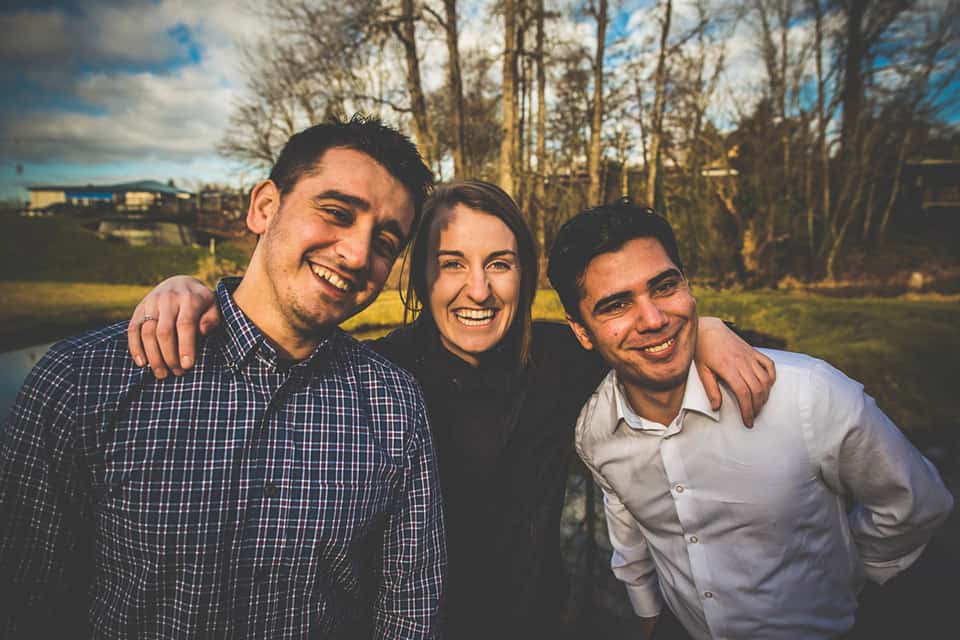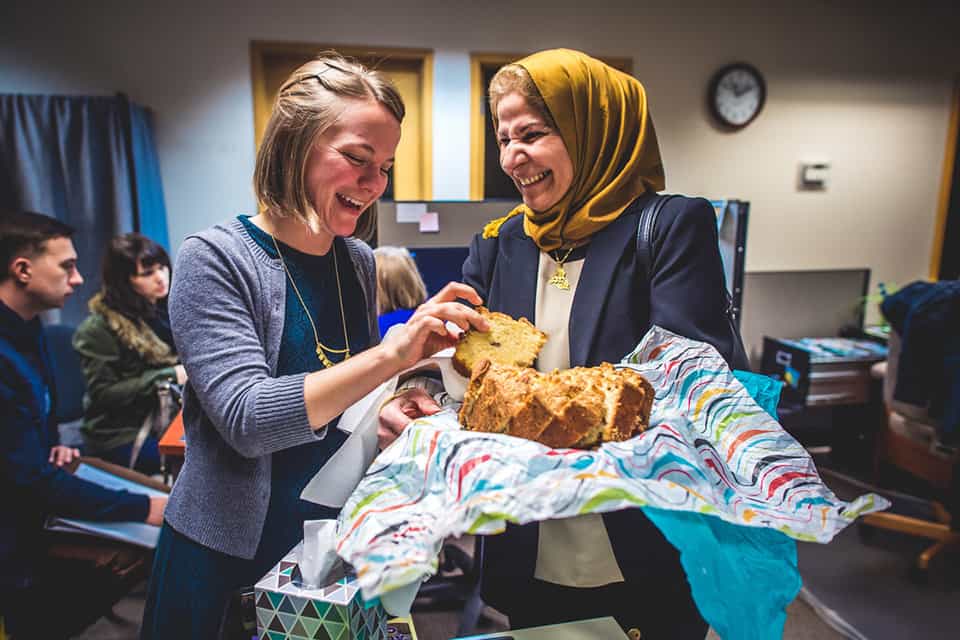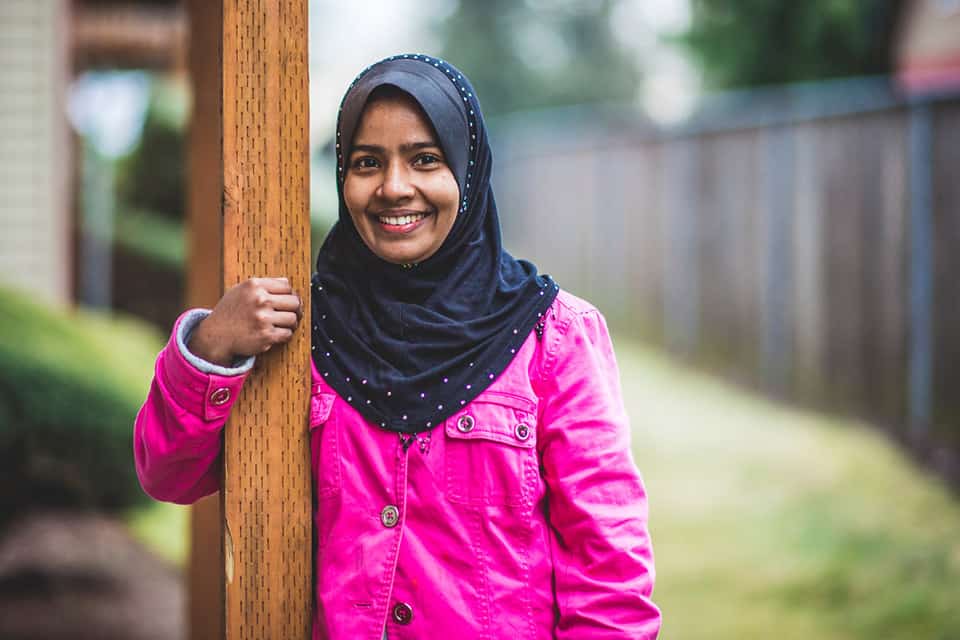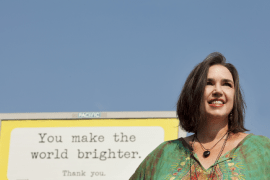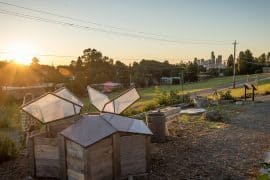World Relief offers shelter to refugees
written by Corinne Whiting
At a time when many in this country seem to be slamming doors on newcomers, others are opening theirs even wider. Take World Relief, for example, the largest refugee resettlement agency in the state.
World Relief’s three offices (in Seattle, Tri-Cities and Spokane) resettle the majority of refugees in Washington, and the Seattle office, opened in 1979, is the largest resettlement office of any agency in the state. Last fiscal year, Washington came in at number four in the country, resettling 5 percent of all refugees who arrived nationwide.
In 2017, World Relief Seattle resettled and served 1,076 individuals, and that’s only factoring new arrivals. (Programwide, it served 4,000.) The organization currently works with individuals from about twenty countries; most are foreign-born refugees, while others are asylum seekers or those affected by human trafficking.
While the stats impress, hearing real-life tales of heartache, perseverance and triumph leave deeper impressions. World Relief relies heavily on volunteers; last year it received 400 applications between February and April—“a great problem to have,” said volunteer coordinator Robbie Adams.
World Relief is a transformative experience for refugees
Adams explained that, while the main goal is transformative, long-term relationships, the “immediate, more practical challenge” involves finding folks a home. “It’s a tough balance between the Puget Sound region offering bountiful education and job opportunities, yet being able to find affordable housing here,” he said.
The organization gathers household items, from large furniture to basic necessities like silverware, and sets up welcoming spaces. It also keeps an Amazon registry, so anyone can donate goods, from vacuums to rice cookers. In-kind donations coordinator Elijah Knepper of World Relief said that most people don’t understand the privilege of simply having a safe place to sleep. “[They’ve] been through experiences we cannot even begin to imagine, and now [they] can just lie down and rest,” he said.
Adams explained the continuum from greeting a family at Sea-Tac to staying connected for years to come. “Our employment, extended casework, women’s sewing class, immigration legal services, refugee and immigrant community garden, and youth programs allow us to serve the refugee population from arrival to citizenship, usually a five- to six-year journey,” he said. “It’s not just about giving material goods, but a holistic approach that includes creating friendships.”
After helping newcomers integrate into their neighborhoods, World Relief aims to empower them. The numbers prove they’re doing something—or many things—right. In 2016, 244 people found employment with 114 companies, 67 percent of students made a full-level gain within six weeks of English class, and volunteers were paired with ninety-six refugee families as cultural companions or host homes.
“The art is figuring out the balance between serving this vulnerable population and pushing them toward self-sufficiency,” Adams said. “We’re happy to not just get people surviving, but to get them thriving and rooted in communities.”
For those wanting to get involved, Adams simply advises, “Be willing to show up open-minded to meet folks from around the world.” “With all the divisiveness and fear right now,” he added, “we’ve met that by building bridges and friendships … establishing those face-to-face relationships. Even in this climate, it’s been encouraging to see so many rallying to the cause of welcoming our new neighbors.”


